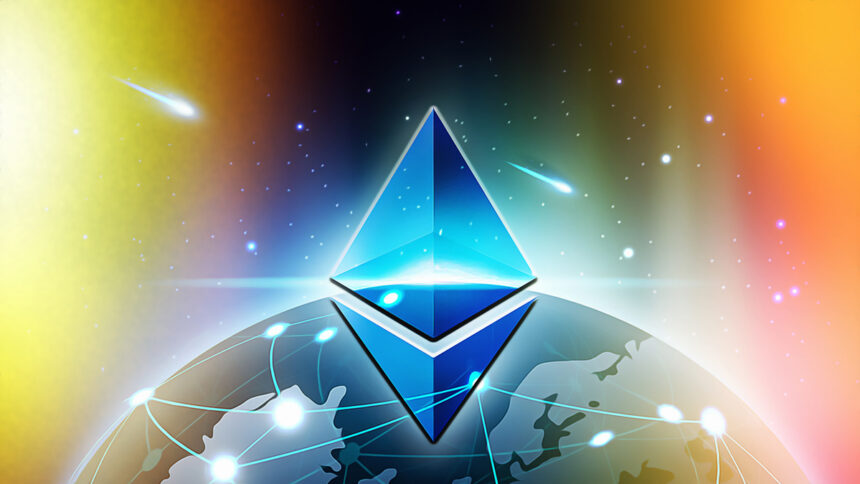Vitalik Buterin, a co-founder of Ethereum  $3,630, proposed a new gas fee regulation aimed at enhancing transaction efficiency on the Ethereum network in response to the growing competition from Solana
$3,630, proposed a new gas fee regulation aimed at enhancing transaction efficiency on the Ethereum network in response to the growing competition from Solana  $186. According to Buterin’s plan, this adjustment could increase Ethereum’s transactions per second (TPS) by approximately 1.5 times.
$186. According to Buterin’s plan, this adjustment could increase Ethereum’s transactions per second (TPS) by approximately 1.5 times.
Buterin’s Gas Fee Regulation
Buterin anticipates a significant reduction in gas costs for Ethereum Virtual Machine (EVM) operations. He specifically suggested lowering the gas costs for opcodes in the range of 2-5 to 1, and those in the range of 6-10 to 2. Additionally, he proposed a fourfold reduction in gas costs for log operations. Gas costs for pre-compiled contracts will also decrease, excluding those planned for retirement. These measures aim to increase transaction volume without compromising network performance.
Buterin stated, “I propose deep yet selective cuts. By reducing gas costs for specific opcodes and log operations, we can achieve 1.5 times the transaction capacity.” Crypto Traders Are Rushing to This App – Here’s Why You Should Too
The Verge Upgrade and Its Effects
Buterin also discussed the upcoming Ethereum upgrade, referred to as “The Verge.” This upgrade will reduce the hardware requirements needed to run nodes, allowing more devices, including smartphones and watches, to access the Ethereum network.
The Solana blockchain surpassing Ethereum in gas fee revenues is a notable development in the sector. Recently, the AI meme coin frenzy on the Solana network has been viewed as one reason for this increase. In response, Ethereum aims to bolster its competitiveness with these innovations.
With The Verge upgrade, verification processes on Ethereum will become more efficient, enabling mobile wallets or small devices to perform transactions without needing to validate the entire blockchain. This improvement will facilitate greater participation in Ethereum by making it easier for more people to engage with the network.
Vitalik Buterin’s gas fee regulations and the upcoming Verge upgrade seek to boost Ethereum’s transaction capacity and maintain its competitive edge. These initiatives are expected to increase the network’s efficiency while enhancing the user experience.


 Türkçe
Türkçe Español
Español








